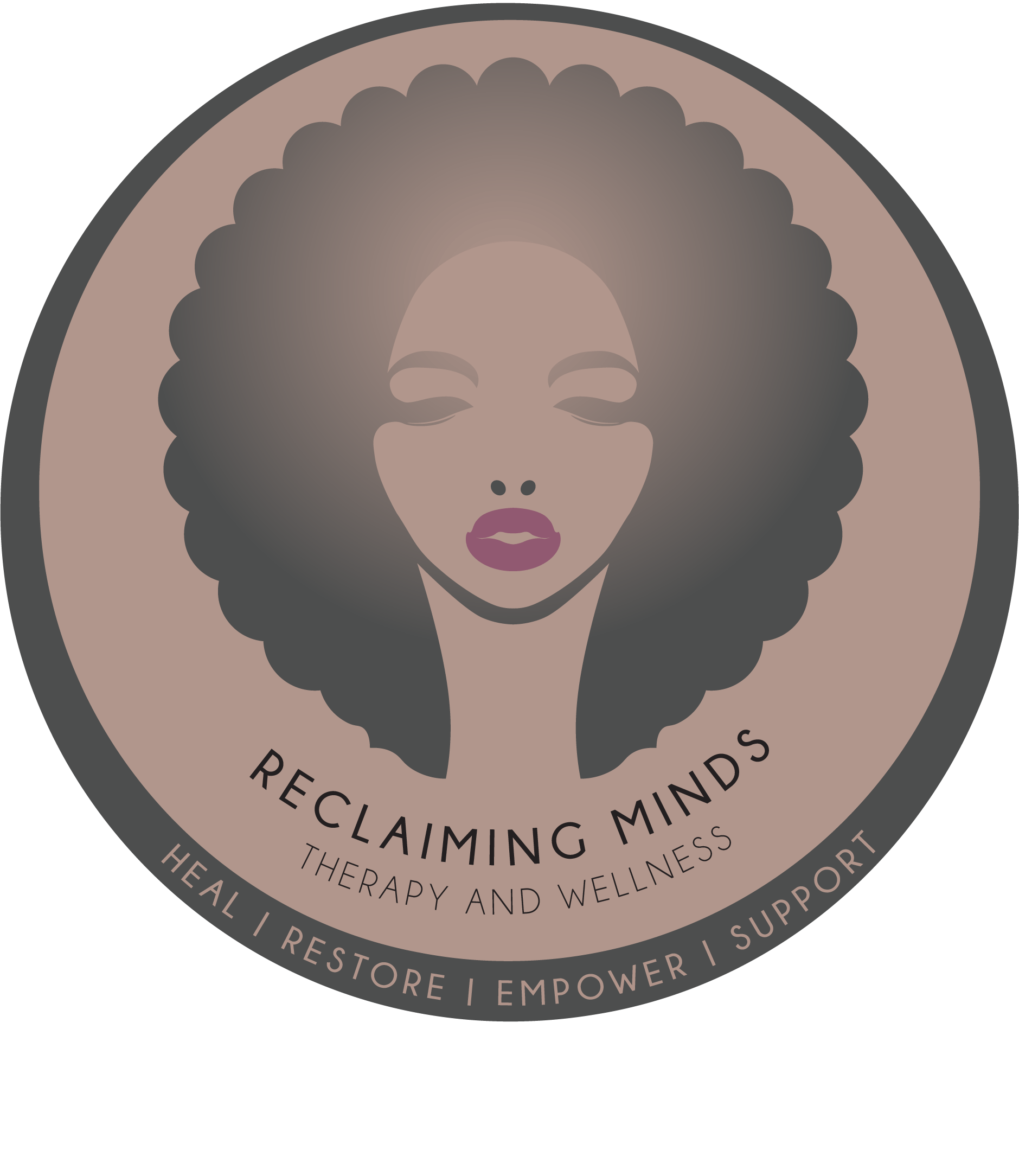Introduction:
In the pursuit of success and advancement in the workplace, many individuals face a relentless battle against burnout. However, for Black, Indigenous, and People of Color (BIPOC) women, this struggle often takes on a unique and intensified form, stemming from systemic inequities, cultural pressures, and societal expectations. As we strive for diversity, equity, and inclusion in our workplaces, it’s crucial to recognize and address the specific challenges faced by BIPOC women in navigating burnout.
In this blog, we’ll delve into the nuanced ways in which burnout manifests in BIPOC women in the workplace, shedding light on the invisible struggles they endure. We’ll explore the intersectionality of race, gender, and culture, and examine the impact of systemic barriers on their well-being. Additionally, we’ll discuss actionable steps organizations can take to support BIPOC women and foster a more inclusive and supportive work environment.
The Unique Challenges Faced by BIPOC Women:
BIPOC women often experience a myriad of challenges in the workplace, ranging from microaggressions and discrimination to the pressure to conform to Eurocentric standards of success. These experiences can take a significant toll on their mental health and well-being, leading to increased levels of stress, anxiety, and burnout.
One of the key factors contributing to burnout among BIPOC women is the phenomenon of “emotional labor.” This term refers to the expectation placed on individuals, particularly women of color, to manage their emotions, navigate interpersonal dynamics, and maintain a sense of composure in the face of adversity. Whether it’s suppressing feelings of frustration in response to microaggressions or constantly code-switching to fit into predominantly white workspaces, BIPOC women often expend a considerable amount of emotional energy simply to navigate their daily experiences.
Moreover, the lack of representation and opportunities for advancement can exacerbate feelings of isolation and imposter syndrome among BIPOC women. Despite their qualifications and capabilities, they may find themselves overlooked for promotions or excluded from decision-making processes, further eroding their sense of belonging and contributing to burnout.
Cultural expectations and familial obligations also play a significant role in shaping the experiences of BIPOC women in the workplace. Many BIPOC communities place a strong emphasis on collective responsibility and the fulfillment of familial duties, which can create additional pressure to excel in their careers while simultaneously fulfilling traditional roles and expectations.
Recognizing the Signs of Burnout:
Burnout often manifests differently in BIPOC women compared to their white counterparts, making it essential to recognize the unique signs and symptoms they may exhibit. While feelings of exhaustion, cynicism, and inefficacy are common indicators of burnout across all demographics, BIPOC women may also experience physical symptoms such as headaches, insomnia, and gastrointestinal issues as a result of chronic stress and emotional strain.
Furthermore, the stigma surrounding mental health within many BIPOC communities can make it challenging for women to seek support or acknowledge their struggles openly. Fear of being perceived as weak or incompetent may prevent them from speaking up about their experiences, leading to further isolation and exacerbating their burnout.
Addressing Burnout in the Workplace:
To create a more supportive and inclusive work environment for BIPOC women, organizations must prioritize diversity, equity, and inclusion initiatives and actively work to dismantle systemic barriers. This includes implementing policies and practices that promote equal opportunities for advancement, providing culturally competent mental health resources, and fostering a culture of belonging where individuals feel valued and respected for their unique perspectives and contributions.
Additionally, offering flexible work arrangements, such as remote work options or flexible scheduling, can help alleviate some of the pressures faced by BIPOC women juggling multiple responsibilities. Providing access to employee assistance programs (EAPs) and offering regular check-ins with managers or mentors can also facilitate early intervention and support for those experiencing burnout.
Conclusion:
The prevalence of burnout among BIPOC women in the workplace is a pressing issue that requires urgent attention and action. By acknowledging the unique challenges they face and taking proactive steps to support their well-being, organizations can create a more equitable and inclusive environment where all individuals can thrive.


Recent Comments